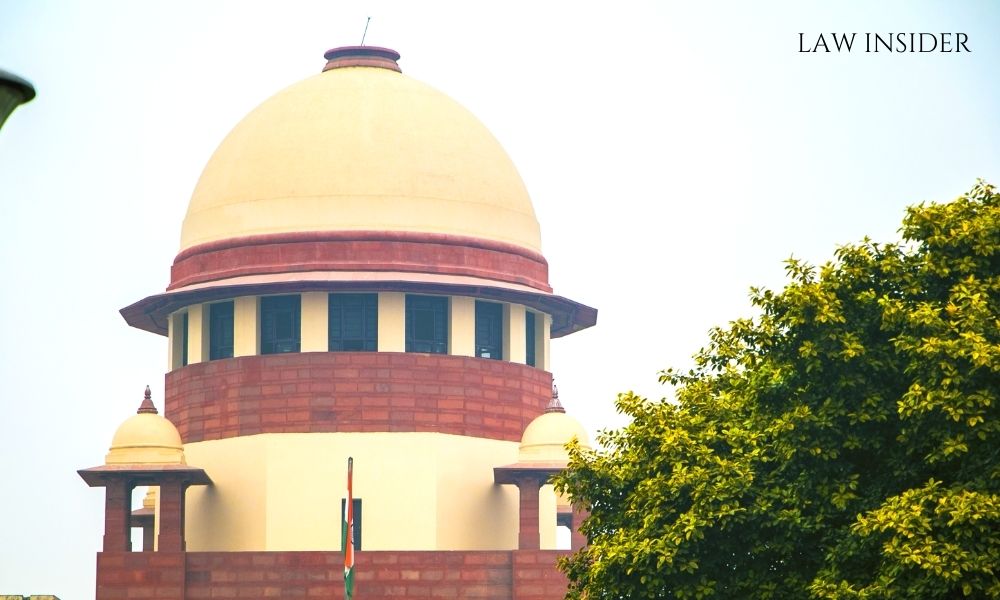LI Network
Published on: October 15, 2023 at 15:02 IST
The Supreme Court has emphasized that the purpose of interpretative tools in legal matters is to render a statute workable and not to achieve a specific outcome.
The Court made a clear distinction between using these tools to make a statute function effectively and engaging in judicial legislation.
In a case involving the Commissioner (Customs, Central Excise, and Service Tax) challenging the judgment of the Patna and Orissa High Court, the Supreme Court dismissed the Civil Appeals and underscored the importance of interpreting a statute without bias towards a desired outcome.
The Bench, consisting of Justice S. Ravindra Bhat and Justice Dipankar Datta, held that courts should not interpret a statute with the aim of achieving a particular outcome, even if a certain interpretation of the statute does not produce the expected results.
The Court’s stance is that interpretative tools should be employed to make a statute functional, not to manipulate its interpretation for a specific result.
The case involved contractual agreements for construction projects with educational institutions, including IIT, NIT, and SPCL. The disagreement arose when an audit objection was raised, claiming that service providers for educational institutions classified as “governmental authorities” were exempt from service tax.
The High Courts of Patna and Orissa ruled in favor of the service provider, SPCL, and ordered the refund of service tax. The Commissioner filed Civil Appeals against these judgments.
The key issue in the case was whether the educational institutions, specifically IIT and NIT, qualified as “governmental authorities” under the Mega Service Tax Exemption Notification, which exempts certain services from taxation when provided to government, governmental, or local authorities.
The Court noted that the original definition of “governmental authority” in the Exemption Notification was limited, but a Clarification Notification expanded this definition to include more entities.
The Court found that the interpretation of the amended “governmental authority” definition in clause 2(s) was inconsistent. While the Patna High Court upheld one interpretation, the Appellants argued for a different one.
The Court clarified that the use of “or” in clause 2(s) signifies an alternative relationship, not an “and” relationship. Additionally, punctuation, such as semicolons and commas, played a crucial role in the interpretation. The Bench argued that interpreting “or” as “and” would render the redefined definition unworkable.
The Court also pointed out that the Appellants failed to identify specific authorities with 90% or more government equity or control, as required by the definition of “governmental authority.” Without such identification, their argument was deemed invalid.
The Court endorsed the decisions of the Patna and Orissa High Courts, which extended the benefits of the Exemption Notification to educational institutions and SPCL. It emphasized the need to give meaning to each word in the definition clause and held that the decisions were valid, especially as there was no disclosure of identified authorities or bodies covered by the Appellants’ argument.
As a result, the Supreme Court dismissed the Appeals and upheld the impugned order and judgment.
Case Title: Commissioner, Customs Central Excise And Service Tax, Patna v M/S Shapoorji Pallonji And Company Pvt. Ltd. & Ors

